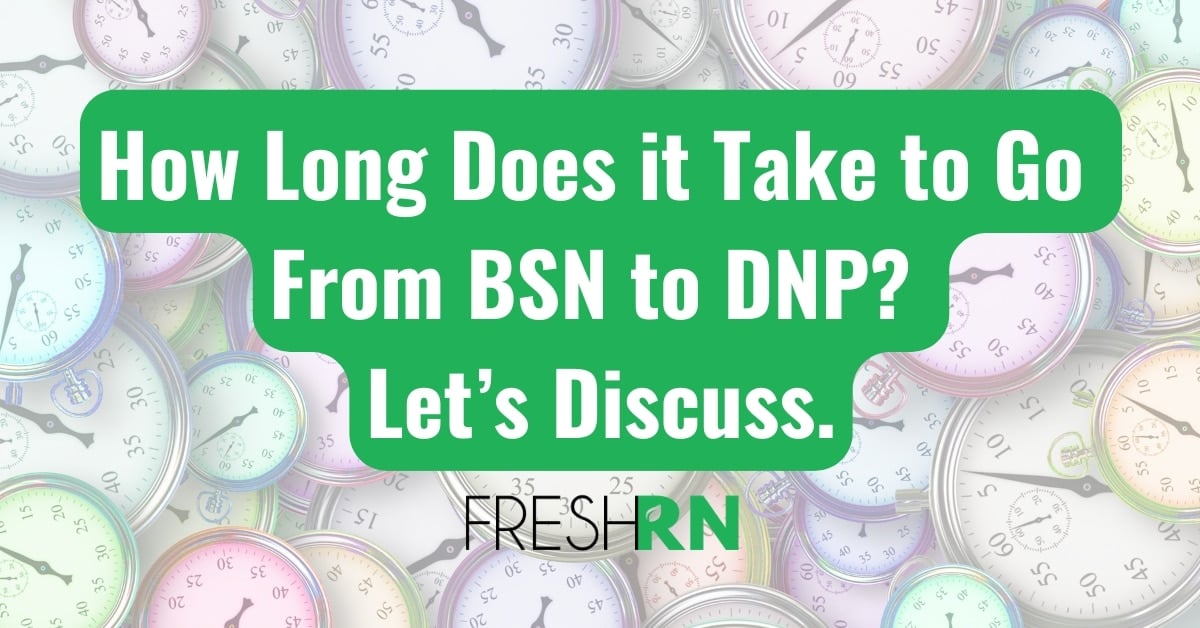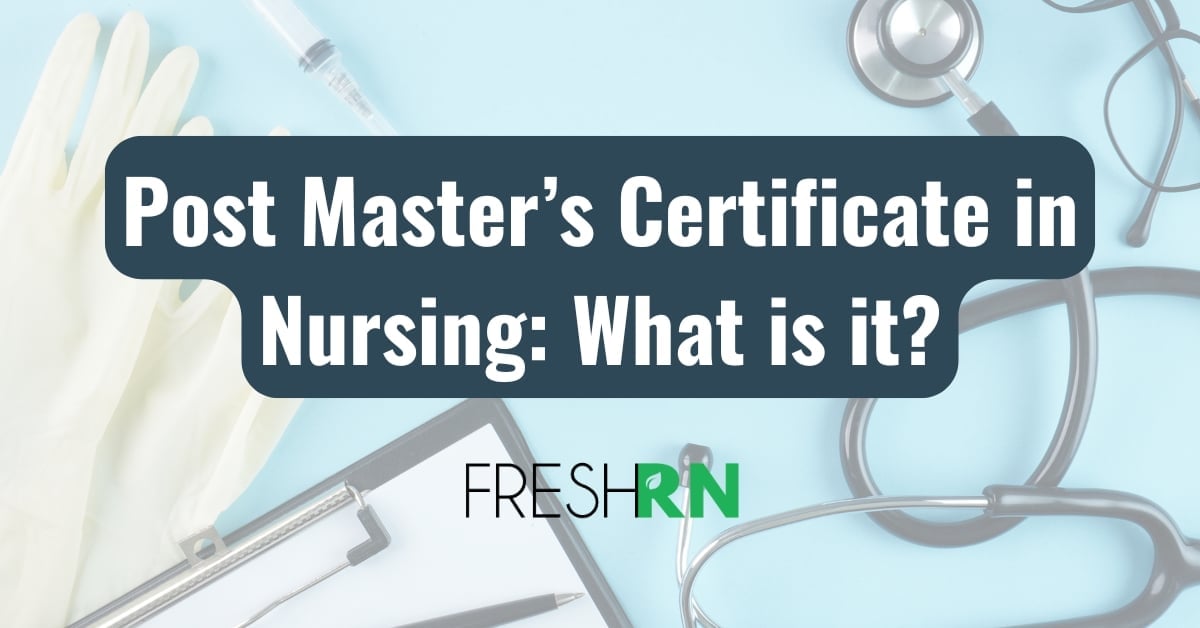The middle cerebral artery (MCA) is the most commonly affected blood vessel in stroke patients. As the largest cerebral artery, it supplies a vast portion of the brain—including areas responsible for speech, motor control, sensation, and emotion. When something goes wrong here, the effects can be profound.
This guide will walk you through what an MCA stroke is, the different types of strokes that affect this artery, what causes them, and how nurses can support patients through recovery.

Table of Contents
What Is the Middle Cerebral Artery?
The MCA is one of the three major cerebral arteries, branching from the internal carotid artery. It delivers oxygen-rich blood to the lateral surfaces of the frontal, parietal, and temporal lobes, as well as to deep brain structures such as the basal ganglia and internal capsule. Because these regions control movement, sensation, language, and cognition, an MCA stroke can cause a wide variety of symptoms.

What Is an MCA Stroke?
An MCA stroke occurs when one of the branches of the middle cerebral artery becomes blocked (ischemic) or ruptures (hemorrhagic). The MCA is divided into four main segments (M1–M4), and symptoms vary depending on which branch is involved. As a result, patients may experience anything from mild motor deficits to profound language loss, depending on the territory affected.
Related FreshRN Article 👉 Middle Cerebral Artery Overview for Nurses and Students: Branches, Blood Supply, and Stroke Patterns
Common MCA Stroke Symptoms 👇
- Confusion or altered level of consciousness
- Unilateral weakness or numbness (especially in the face and arm)
- Slurred speech or inability to speak (Broca’s aphasia)
- Trouble understanding language (Wernicke’s aphasia)
- Global aphasia (both understanding and expressing language)
- Vision loss on one side (hemianopsia)
- Facial droop
- Difficulty swallowing
Types of Strokes That Can Affect the MCA
Ischemic Stroke (most common by far)
- An ischemic stroke occurs when a blood clot blocks blood flow through an artery supplying the brain. In the case of an MCA stroke, the blockage happens in one of the branches of the middle cerebral artery, cutting off oxygen to key brain regions.
- Common causes include:
- Atherosclerosis (plaque buildup in the arteries)
- Cardioembolic events (clots traveling from the heart, often due to atrial fibrillation)
- Small vessel disease from hypertension or diabetes
If blood flow isn’t restored quickly, brain cells begin to die, causing motor, sensory, language, or cognitive impairments depending on the MCA territory involved. Immediate treatment with tPA or thrombectomy may be indicated.
Hemorrhagic Stroke
- A hemorrhagic stroke results from the rupture of a blood vessel, leading to bleeding into or around the brain. In the context of the MCA, this typically occurs from the rupture of an aneurysm or an arteriovenous malformation (AVM) within or near the MCA distribution.
- The bleeding compresses adjacent brain tissue, which raises intracranial pressure and disrupts normal brain function.
- High-risk patients often have:
- Uncontrolled hypertension
- Known or undiagnosed aneurysms or AVMs
- History of head trauma
- Blood vessel wall fragility (e.g., from smoking or connective tissue disorders)
- Treatment may include blood pressure control, neurosurgical intervention, or neuro ICU-level monitoring to reduce secondary brain injury.
Transient Ischemic Attack (TIA)
- A transient ischemic attack (TIA) is often called a “mini-stroke,” but it’s no less serious. A TIA is a temporary blockage of blood flow that resolves on its own, often within minutes to hours. While it doesn’t cause permanent brain damage, it’s a 🚩 major red flag 🚩 that a full stroke may occur soon.
- A TIA in the MCA territory may cause brief symptoms like:
- Weakness or numbness on one side
- Difficulty speaking
- Temporary vision changes
- Even though the effects go away, a TIA should always be evaluated and treated immediately to prevent a future stroke. Think of it as a loud warning bell 🛎️ – more on that later.
MCA Aneurysms
MCA aneurysms are balloon-like bulges that typically form where the artery branches (bifurcates or trifurcates). These areas are structurally weaker and more vulnerable to pressure changes.
While some aneurysms remain stable and asymptomatic, others may grow or rupture, resulting in a hemorrhagic stroke. A ruptured MCA aneurysm causes bleeding directly into the brain tissue or surrounding space (subarachnoid hemorrhage), both of which are medical emergencies.
Symptoms of a ruptured MCA aneurysm may include:
- Sudden, severe headache (“thunderclap headache”)
- Nausea and vomiting
- Neck stiffness
- Loss of consciousness or seizures
Treatment options include:
Supportive neurocritical care to manage complications like vasospasm or hydrocephalus MCA aneurysms typically occur where the artery branches. These weakened areas of the vessel wall may not cause symptoms until they rupture, at which point they can lead to a hemorrhagic stroke. Ruptured MCA aneurysms are treated with surgical clipping or endovascular coiling—often in emergent settings.
Surgical clipping (placing a small clip at the neck of the aneurysm)
Endovascular coiling (filling the aneurysm with coils via a catheter)
(If you’re a nurse and want to get better at neuro checks, here’s a free resource to walk you through the process! 👇)
MCA Stroke Nursing Diagnosis & Care
Nursing care following an MCA stroke focuses on stabilization, prevention of complications, and maximizing recovery. Let’s go through possible nursing diagnoses and a laymen’s translation.
- Impaired physical mobility – can’t move as well as before, likely needs assistance
- Impaired verbal communication – can’t speak as well as before
- Sensory perception deficits – they cannot perceive things like someone touching their arm lightly versus someone poking them with something sharp… their ability to dis
- Risk for aspiration (especially with impaired swallowing) – they are at risk for choking on food and/or fluids; instead of it going down their food pipe (esophagus), it goes down their windpipe (trachea)
- Risk for injury (due to hemiparesis or altered LOC) – much more likely to hurt themselves doing normal things, like getting up to go to the bathroom or using utensils to eat, because they cannot control their body well, and/or it’s much more difficult to remain alert while engaging in regular activities (Example: Falling asleep in the chair and falling out of it).
- Deficient knowledge (related to new deficits or treatment plan) – a lot of complex medical terminology and situations are unfolding rapidly and it’s very difficult for them to really understand what’s going on
- Inability to care for self – due to all of these new difficulties and needs, the patient can no longer function independently (this is a really big one!)
A nursing care plan should prioritize:
- Maintaining the airway and oxygenation – neuro changes in certain areas of the brain can make it so the parts of the brain telling it to keep their airway open, therefore, you need to keep an eye on their ability to maintain that airway. This would be a problem with their brain, not their lungs, but it does impact their lungs if the patient cannot keep their own airway clear by clearing secretions and staying alert
- Monitoring neuro status closely – neuro changes are often subtle and can indicate decline
- Fall prevention strategies – these patients often have impaired balance, sensory perception, and can also be impulsive due to the changes in their brain; they’re major fall risks!
- Skin integrity, nutrition, and hydration – because of airway and swallowing changes, patients often need modified diets to eat safely, and they also typically have trouble moving themselves in bed to prevent skin breakdown
- Early involvement of speech, OT, and PT – the parts of their brain that dictate things like speech, movement, and balance are often impacted. The patient essentially needs to relearn how to do these things. (Their brain needs to make new connections to be able to perform those critical skills). Naturally, the early we involve therapy services and reenaged their brain, the better the outcomes.
- Emotional support for the patient and family – strokes are sudden and scary; the patient may have been functioning normally one minute, and the next cannot speak or move one side of their body, and are staring down the barrel of a very long recovery process with a life that looks totally different. It’s traumatic for the patient and family to endure, therefore, you emotional support as their primary caregiver is critical.
What Causes MCA Stroke?
MCA strokes are often embolic, meaning the clot traveled from another part of the body, like the heart or carotid arteries. Less commonly, they result from in situ thrombosis (formation of a blood clot directly within a blood vessel) or arterial dissection.
The vast majority of strokes are associated with identifiable risk factors. According to the INTERSTROKE study, ten modifiable risk factors account for approximately 90% of the population-attributable risk of stroke worldwide [SOURCE]. Let’s go through some risk factors and why it puts a patient at a higher risk.
Risk factors include:
Carotid artery disease ➡️ The large blood vessels to your brain are getting clogged, making it easier for a blockage to cut off blood flow and cause a stroke.
Atrial fibrillation ➡️ In this, your heart beat unevenly, which can cause blood to pool in the heart and what does blood do when it is sitting in one spot? Clot. These clots can travel to the brain, where they can block blood flow. (This is why people in afib are on anticoagulants/blood thinners).
Hyperlipidemia (high cholesterol) ➡️ Too much cholesterol/fat/lipids in your blood can build up against the walls in your vessels, narrowing them or causing clots that can block blood from reaching the brain.
Smoking ➡️ Smoking damages blood vessels and makes blood thicker and stickier, which raises the chance of clots forming and causing a stroke.
Hypertension ➡️ High pressure in your blood vessels can damage them over time or even cause them to burst in the brain, leading to a stroke.
Diabetes ➡️ High blood sugar hurts blood vessels and makes strokes more likely by speeding up clogging and damaging the small vessels in the brain.
Just having one or two of these can significantly increase the risk of having more, let alone having more than that. Stroke prevention is an important thing to educate patients and families about.
The Strongest Predictor of a Stroke
Having a previous stroke or TIA is by far the strongest predictor of another stroke. Some studies indicate that up to 1 in 4 stroke survivors will have another stroke within 5 years. The point of contact while a patient is in the hospital recovering from a stroke is key in educating them to prevent another one from occurring.
Final Thoughts: MCA Stroke Takeaways
MCA strokes are common, serious, and can lead to wide-ranging deficits depending on the affected brain region. Nurses play a crucial role in supporting patients through acute care, rehabilitation, and long-term recovery. Early recognition, fast treatment, and coordinated care can significantly improve outcomes.
More Resources on Strokes
- Why is My Stroke Patient NPO? What To Do & Why
- Nursing Priorities for Ischemic Stroke Patients – From a Neuro Nurse
- S2E21: Code STEMI, Code Stroke, and Code Sepsis
- Middle Cerebral Artery Overview for Nurses and Students: Branches, Blood Supply, and Stroke Patterns
- Left MCA Strokes: What Happens With Strokes Involving the Left Middle Cerebral Artery
Streamline your nursing assessments with real-life tips to help you stay efficient and confident (even when your shift is chaos). Perfect for new grads finding their flow!
Continue Reading 4 Quick Nursing Assessment Tips for Your Next Shift
What does a “medical surgery nurse” do? Learn the correct spelling of “med-surg,” what it’s like to work on a medical-surgical unit, and why it’s one of the most important specialties in nursing.
Continue Reading Curious About a “Medical Surgery Nurse”? Let’s Talk Med-Surg
How long does it take to go from BSN to DNP? Let’s talk what affects the timeline, and how BSN to DNP programs compare to other nurse practitioner paths. Plus tips for choosing the right program.
Continue Reading How Long Does it Take to Go From BSN to DNP? Let’s Discuss.
The Adult Gero NP role focuses on caring for adults across the lifespan, including older adults. This guide breaks down what AGNPs do, how they compare to other NP specialties, and what it takes to earn your AGNP degree and certification.
Continue Reading So You Wanna Be an Adult Gero NP? Here’s What to Know First
Want to get a nursing informatics degree online? Let’s break down what your options are, and how to choose a path that aligns with your personality and career goals.
Continue Reading Nursing Informatics Degree Online: Everything to Know Before You Enroll
Learn how the post master’s certificate in nursing works, who they’re for, and how to expand your practice with flexible post-grad nursing options.
Continue Reading Post Master’s Certificate in Nursing: What Is It?
Worried about neuro nursing? You're not alone.

Neuro is a specialty that can feel intimidating at first. There’s a ton of new terminology, patient conditions can change fast, and neuro assessments are way more nuanced than they seem. It’s a lot to take in—but you don’t have to figure it out alone. Neuro Wise is the course we wish we had as new neuro nurses. It breaks down complex neuro concepts into easy-to-understand lessons, so you can confidently assess your patients, give a solid neuro report, and actually understand what’s going on—not just go through the motions. We cover everything you need to know—so you can step onto the unit feeling prepared, not panicked.
Start Lesson #1 Now









0 Comments